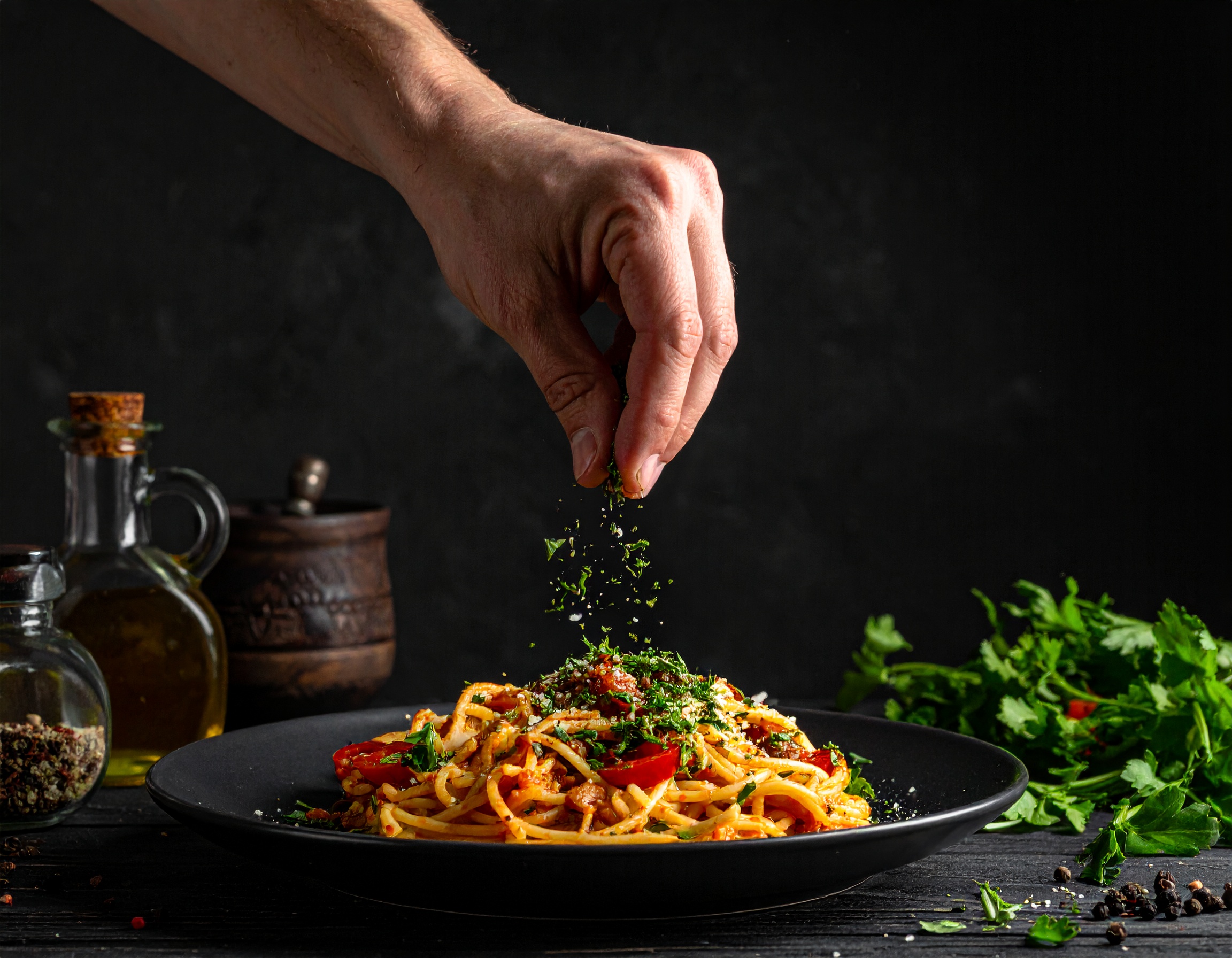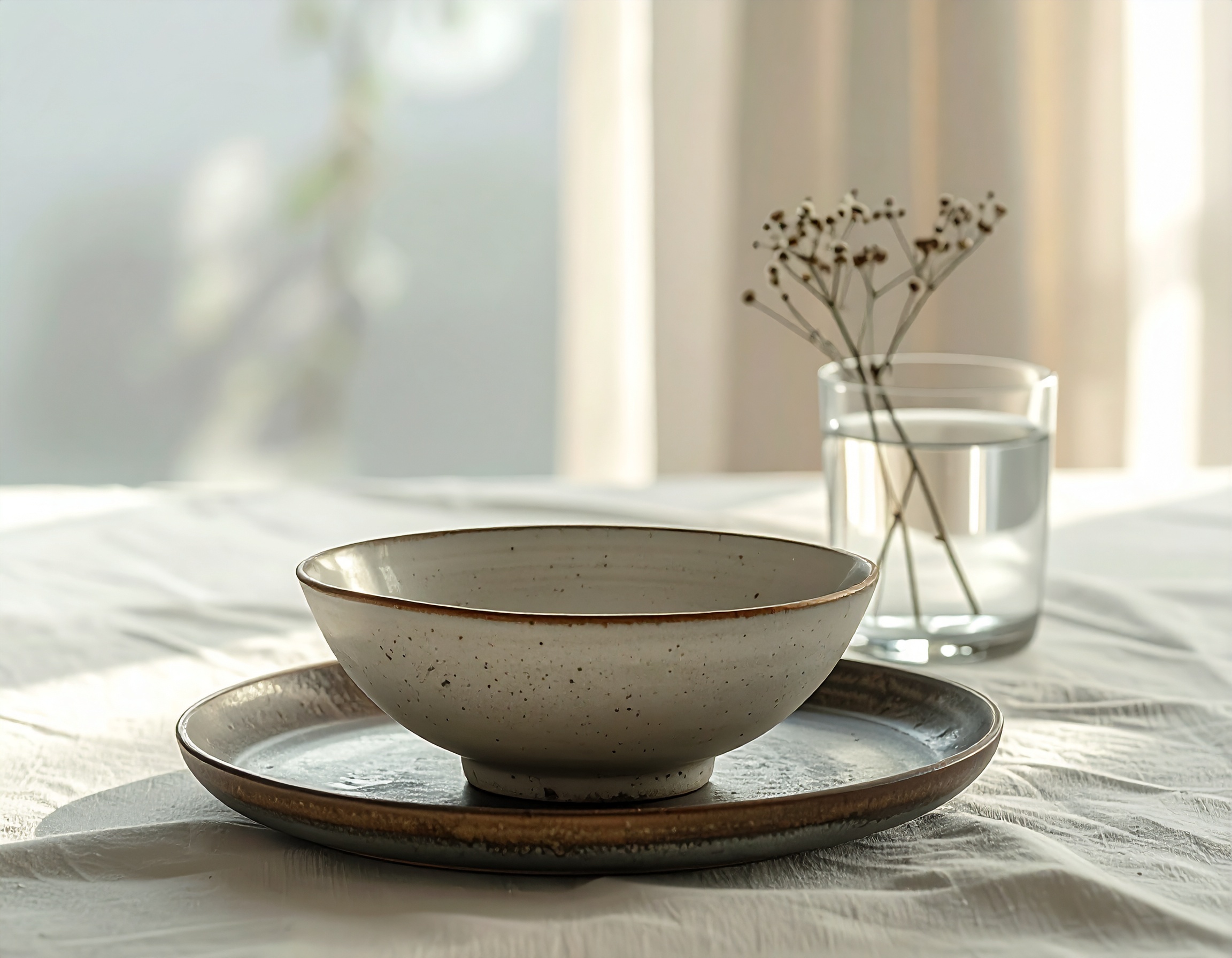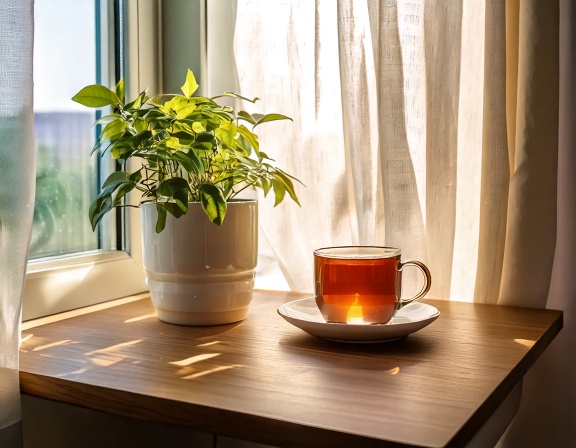Cook For Mood, Not Just Fuel
Meals can lift the tone of a day as surely as music can change a room. When you cook for mood, you are not chasing perfection. You are choosing an atmosphere and letting food carry it into the body. The effect is subtle and real.
The sensory route
Mood moves through senses first. Heat, aroma, texture, and color deliver signals before nutrients arrive. A soft soup on a hard day acts like a warm blanket. Crisp vegetables in bright light wake up a slow afternoon. Aromatic herbs at the end of cooking mark a transition from doing to being.
A simple framework
Name the mood you want, then pick three elements that move in that direction. Calm may mean warm, soft, and quiet. Bright may mean crunchy, citrusy, and cold. Grounded may mean earthy, chewy, and warm. Once you know the elements, most recipes will do.

Cooking for one
If you cook alone, treat the meal as a conversation with yourself. Set the table even if it is small. Sit. Taste. Notice when you have had enough. The point is not to perform hospitality but to extend it inward.
Carrying the mood forward
End the meal with one small gesture that reinforces the mood. Rinse the pot and leave the sink clear. Place tomorrow’s fruit on the counter. Step outside for two minutes and breathe cool air. Mood that continues after the last bite becomes part of the day’s story.

The long view
Cooking for mood does not ignore nutrition. It adds meaning to it. When food carries feeling, good choices are easier to repeat. Over time, the kitchen becomes a reliable place to turn a day around.

















